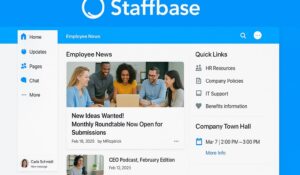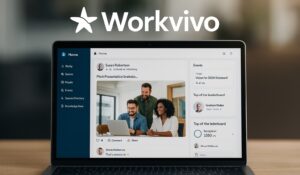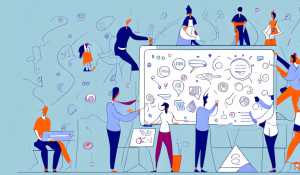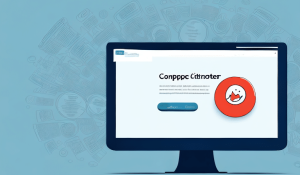Employee rewards and employee benefits are two essential parts of a company’s overall compensation and engagement strategy. While they sound similar, they serve very different purposes. This article breaks down the differences between employee rewards and benefits, highlights how each contributes to workplace culture, and shows how organizations can combine them for maximum impact.
What are Employee Rewards?
Employee rewards programs focus on recognizing and acknowledging employees for their achievements, performance, and contributions. These can include tangible incentives like bonuses, gift cards, or prizes as well as non-monetary recognition such as certificates, public praise, or extra time off. Rewards are designed to motivate and engage employees in the short term.
Examples of employee rewards include:
- Performance bonuses
- Employee of the Month awards
- Gift cards and recognition events
- Spot awards for quick wins (spot awards guide)
👉 Explore more employee reward ideas.
What are Employee Benefits?
Employee benefit programs provide employees with non-wage compensations that support their long-term well-being and security. Benefits often include healthcare, retirement savings plans, paid time off, disability coverage, and perks like professional development reimbursements. Benefits are less about immediate recognition and more about attracting, supporting, and retaining talent.
Examples of employee benefits include:
- Health insurance
- Retirement plans
- Paid vacation and holidays
- Flexible work arrangements
- Tuition reimbursement or learning credits
👉 According to SHRM, benefit offerings consistently rank as one of the top factors influencing job satisfaction.
Comparison: Rewards vs Benefits
Here’s a quick look at how employee incentives and workplace benefits differ:
| Aspect | Employee Rewards (Incentives) | Employee Benefits (Perks) |
|---|---|---|
| Focus | Motivates specific achievements or performance | Provides long-term security and support |
| Nature | Short-term, immediate recognition | Ongoing, part of compensation package |
| Timing | Sporadic, tied to milestones or events | Consistent, continuous throughout employment |
| Examples | Bonuses, gift cards, recognition events | Healthcare, PTO, retirement plans |
| Goal | Drive motivation, boost morale | Attract talent, improve retention, ensure well-being |
👉 Learn more about building a strong employee reward system.
Do Companies Need Both?
The answer is yes. Incentives and benefits are complementary, not substitutes. Rewards boost motivation and performance in the moment, while benefits create long-term loyalty and stability. Companies that integrate both see higher engagement, stronger culture, and reduced turnover.
For example:
- A sales team may earn bonuses (reward) for exceeding quarterly goals.
- The same employees also enjoy healthcare coverage and paid vacation (benefit), which support their well-being and retention.
👉 Discover how workplace recognition adds another layer of impact.
Technology’s Role
Modern organizations use employee recognition software to simplify how they manage both recognition and communication around compensation. Platforms like HubEngage’s Employee Recognition Hub make it easy to automate recognition, track reward usage, and integrate benefits communication. With analytics and reporting, companies can measure what works and continuously improve their strategy.
👉 A Gallup study shows that effective recognition, combined with strong workplace benefits, improves retention and productivity.
Conclusion
Employee rewards and benefits serve distinct but equally critical purposes. Rewards energize and recognize performance, while benefits provide stability and long-term value. Together, they create a holistic employee experience that strengthens motivation, satisfaction, and retention.
👉 Ready to build programs that balance both? See a demo of HubEngage and explore how our platform helps organizations unify recognition, incentives, and benefit communication into one powerful employee experience.
FAQs
What is the main difference between employee rewards and benefits?
Employee rewards programs are short-term incentives tied to performance or achievements, while employee benefit programs are long-term compensations like healthcare and retirement plans that support overall well-being.
Can a company offer rewards without benefits?
Yes, but it’s not advisable. Rewards alone may motivate performance in the short term, but without employee benefit programs, employees may feel less secure and are more likely to leave.
Which has more impact on employee motivation—rewards or benefits?
Rewards generally have a stronger impact on immediate motivation, while benefits foster loyalty and satisfaction over the long term. A balance of both works best.
How do rewards and benefits complement each other?
Incentives energize employees to perform at their best in the moment, while benefits create a stable foundation that makes employees want to stay long term. Together, they enhance engagement and retention.
Do rewards and benefits require different management systems?
Yes. Rewards are often managed through recognition platforms, while benefits are typically handled through HR or payroll systems. However, modern employee recognition platforms can integrate aspects of both for a unified experience.













